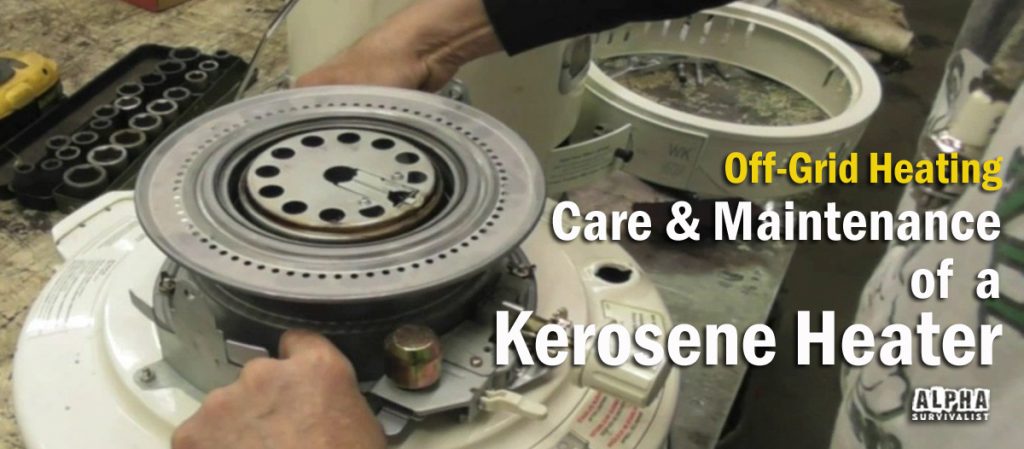While many believe that they simply have to know how to turn on a heating system in order for it to function properly, this is very far from being true. In all actuality, more of the work involved with owning a device like a kerosene heater is knowing precisely what to do to use it and take care of it properly.
As a result, proper care, maintenance and cleaning are essential points when it comes to using a kerosene heater in the long run. Failure to learn about these aspects can lead to the damaging of the heater, or worse, to extreme safety hazards.
How to Maintain and Store a Kerosene Heater
Depending on the design of the kerosene heater, it can be vulnerable to increased humidity and other environmental conditions. So it’s usually best to keep it in a dry place when it operates, and avoid placing it anywhere that children or pets can have access to it.
Once you decide you no longer need to use it, or you plan to store it for the summer, it’s best to find a secluded area in the closet or the attic, and to make sure you remove the kerosene from inside it beforehand.
As for the required maintenance, it’s important to know that the wick is practically the heart and soul of the machine. Even a very old kerosene heater, should it have been taken care of properly, only needs a new wick in order to be as good as new.
Replacing the wick occasionally with the right size and type of wick for your heater is an essential maintenance task, as is cleaning the kerosene heater and making sure that the new wick burns properly.
You will have to replace the wick in a number of different situations. For example, the wick might already be thin and ragged, or it could burn with a weak, ragged-edge flame. Additionally, some heaters are harder to start even after dry-burning the wick, in which case you might want to take a closer look at it and see if it requires replacing.
Finally, if the wick has water or some kind of chemical contamination, or if the flame burns unevenly and at a fluctuating height, you will definitely have to change the wick, since there’s no telling what unwanted effects it might produce that could put the life span of the heater in jeopardy as well as putting your life and anyone else’s life at risk.
How to Clean a Kerosene Heater
Cleaning a kerosene heater shouldn’t be much different than cleaning a propane heater or most other types of heaters. As with propane heaters, you will have to remove all the fuel from the tank before proceeding. Once that’s done, you need to first check the igniter to see if it’s working properly, then focus on cleaning the dust and soot from the outside of the heater, before moving to its inner components.
A mixture of ammonia and water or some other non-flammable household cleaner should suffice for the surface area, and to clean the inside of the tank, it’s important to only ever use K1 kerosene, so you can avoid any contamination of the tank over the many years of the heater’s operation.
